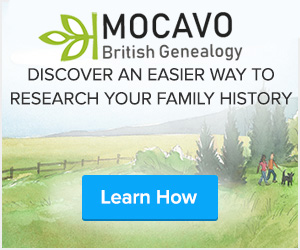Are you curious about your family history before you become an online tutor? Do you want to know where your ancestors came from? Do you finally want to answer questions asking you why your hair is so curly or so straight, or why you look the way you do?
Perhaps your parents have told you many stories about your great grandparents fighting the World War. Or perhaps, you want to know your ancestral medical legacy. Be it for the sake of knowing your medical legacy, curiosity about your history, or for academic reasons, knowing where you come from is integral in discovering your identity and being comfortable with yourself. Plus, it makes for a great conversation starter!
Steps to Making a Genealogy Map:
The first tip in genealogy is working from the things you know to the things you do not know. Genealogists usually discover that something as simple as a person’s name may provide great insight into the geographical origins.
These techniques go a long way:
Note the Facts You Know
In a standardized format, write down all the details you know about your family history. Get the names, dates, relationships, birthplaces, marriages, and deaths. Begin by interviewing your parents and then your extended family. Find out the stories they know about your lineage.
You may use these tools to help you. If you encounter challenges with any of these tools, you may take tutoring via online courses to help you get the most out of them.
Tools:
- Multi-generational chart
- Research tools
- Family group tools
The interview process may seem like a scary task. Here are questions you can use to begin:
- When did your family move there?
- What traditions have been upheld in the family?
- What does your last name mean?
- Do you remember any stories about family history?
Note What You Would Like to Learn
When you are done interviewing your entire family, you can move on to this step. By now, you should have a basic genealogy plan for your family. List all the information that is not present. Make another list of questions you want to research. Choose one genealogical question to begin with. Do not multi-task by researching multiple questions simultaneously – you may get confused!
Note the Sources You are Going to Use
The library and the internet are great sources of information for finding out about family history. Other sources are courthouses, your home (pictures and documents), and your church.
The US Federal Census is very informative. It will let you know when your family arrived in the US and where they first settled.
Research Your Questions
Use a systematic method to go through all your research questions. Record all the information you can find. Consult multiple tools, records, and sources, and be as specific as you can.
Make a research log using a preformatted form, a spiral notebook, or a computer program. Many researchers organize details using the “surname, name” format.
Final Words
There are a lot of benefits to getting started with genealogy. It is not difficult as well due to the numerous accessible tools available nowadays.


0 Comments Leave a comment